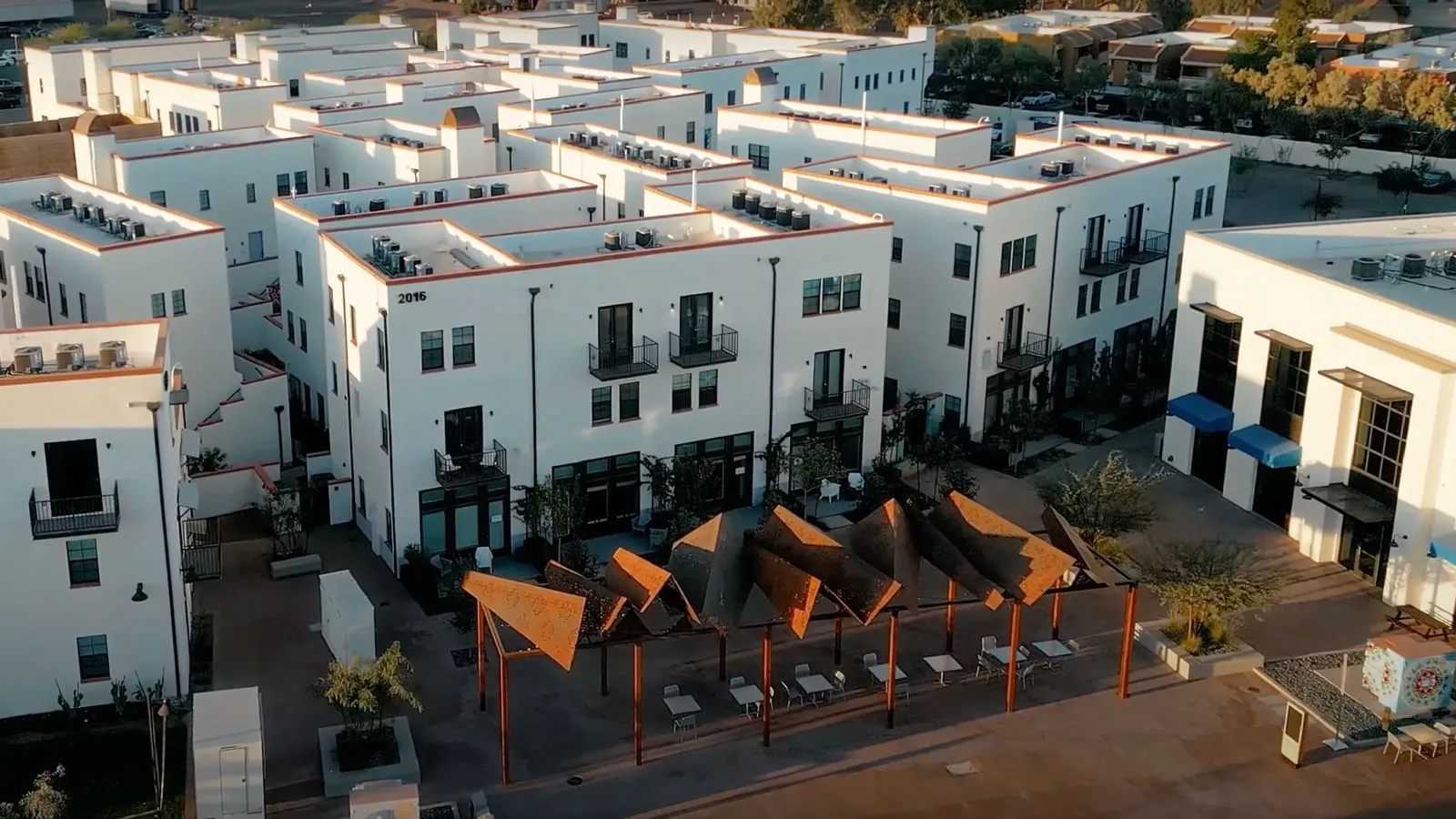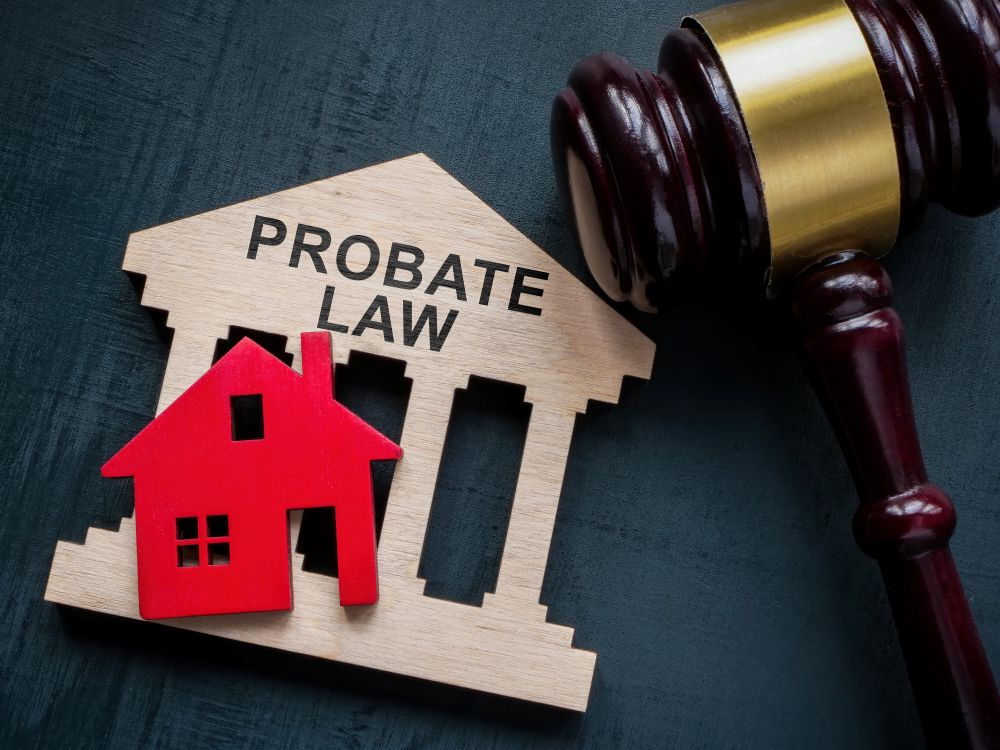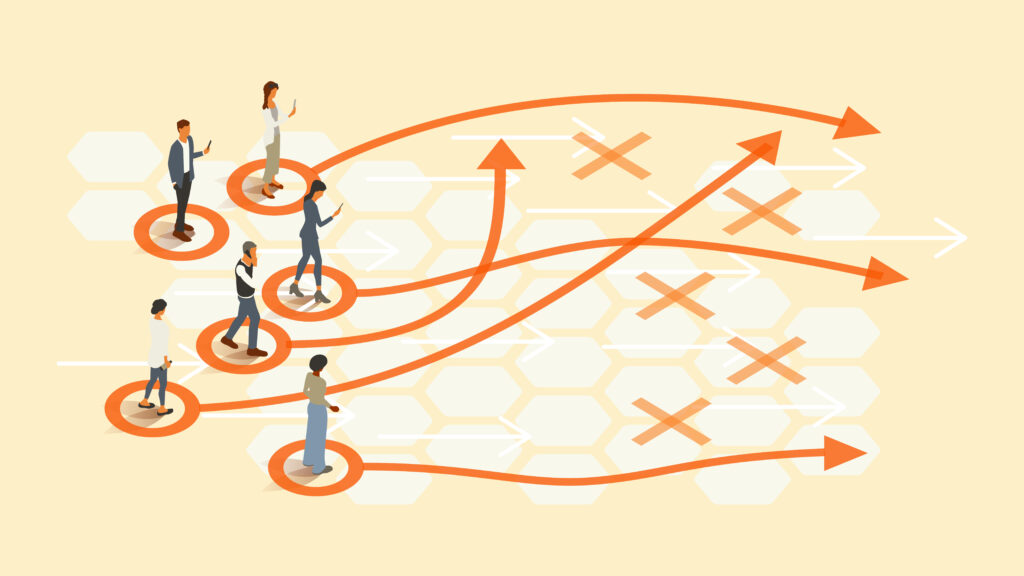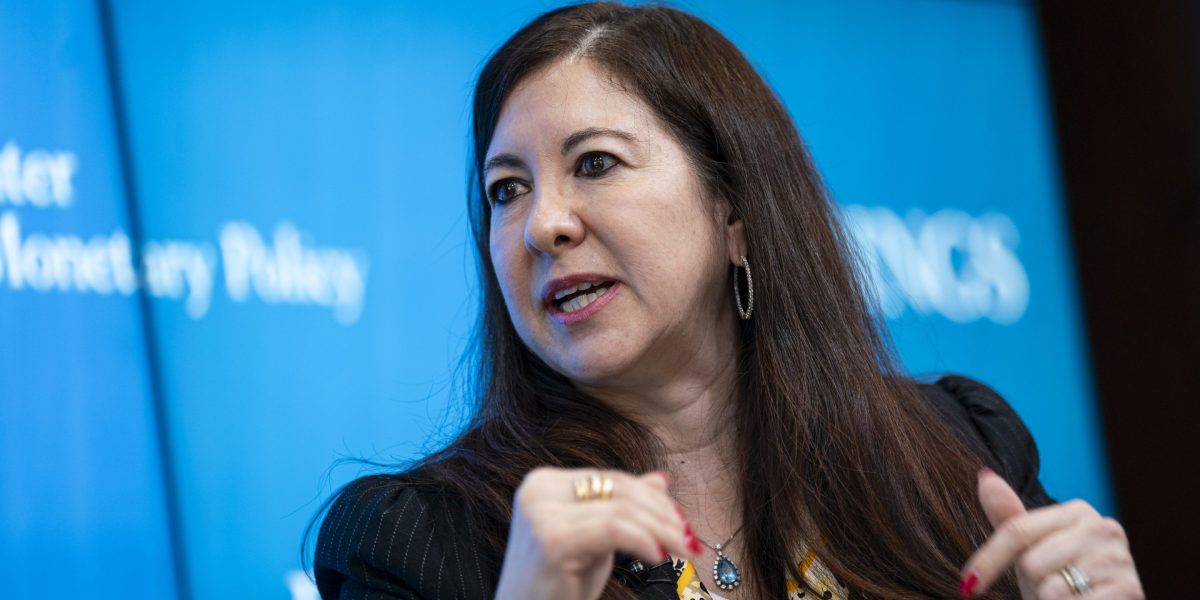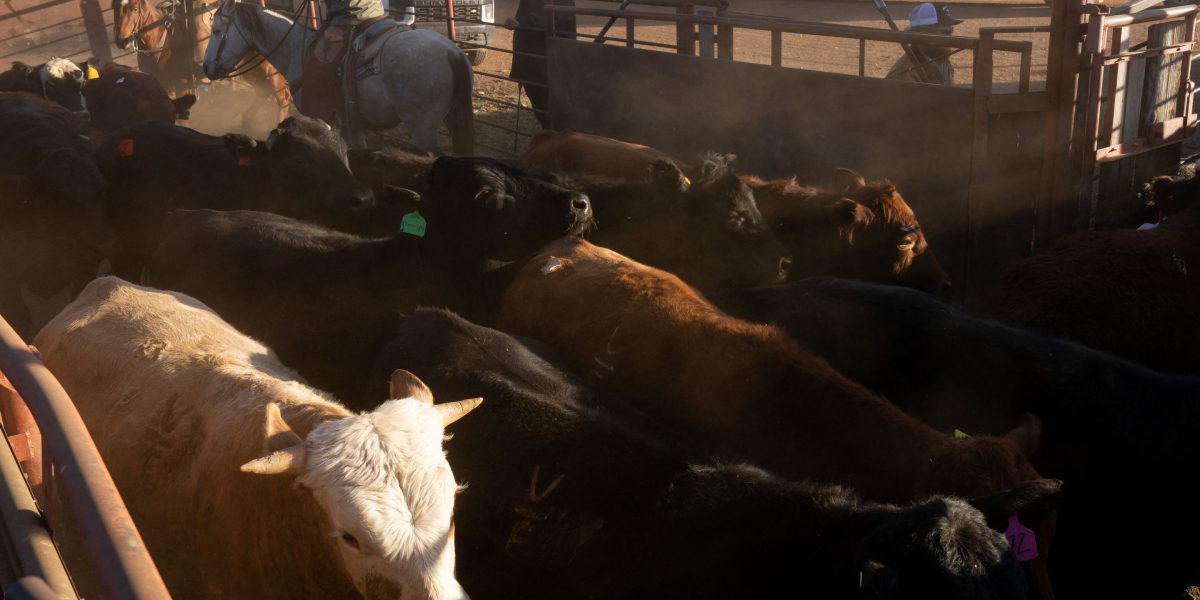On this Independence Day in one country in North America a few notes on life outside current politics, scientific and otherwise.
Part the First: The Archaeology of Food Is Fascinating. Having read about Roman eating habits over the years I have wondered about two things, fish sauce and the dormouse. Now we know which fish were in the Roman fish sauce courtesy of DNA analysis: Sardina pilchardus: Ancient DNA helps trace stinky Roman fish sauce to its source. The link to the article in Antiquity (Cambridge) is here:
The Romans were among the first societies to extensively exploit fish resources, establishing large-scale salting and preservation plants where small pelagic fish were fermented to produce sauces such as garum. Here, the authors demonstrate that, despite being crushed and exposed to acidic conditions, usable DNA can be recovered from ichthyological residues at the bottom of fish-salting vats. At third-century AD Adro Vello (O Grove), Galicia, they confirm the use of European sardines (Sardina pilchardus) and move beyond morphology to explore population range and admixture and reveal the potential of this overlooked archaeological resource.
My palate is regrettably underdeveloped, so I can’t say the fish sauce sounds all that appetizing. These sardines on the other hand? I grew up with the children of Portuguese fishermen, but their prime catch was the white shrimp, which I never liked very much despite local pressure and now have a late-onset allergy to them. And sardines were little smelly things from a small tin opened with a key. I have never eaten one of those, on a cracker or otherwise, as far as I remember. But next time you are in New Bedford, after visiting the Whaling Museum stop by Antonio’s, where the Sardinhas Assadas is the dish to order along with a Portuguese wine. Don’t forget the flan for dessert. I am now officially hungry in the middle of the afternoon.
And the edible dormouse, Glis glis, is still eaten in a few places coterminous with parts of the Roman world. They are said to be delectable, and I am sure someone in the international NC community can attest to this.
Part the Second: The Prospects for Cancer “Vaccines” Are Improving. Cancer chemotherapy famously kills normal cells while targeting cancer cells. Sometimes the race is won by the drug but by a small margin. Sometimes the race is lost. Either result leads to poor outcomes. The goal of cancer therapy for the past fifty years has been to find a “magic bullet” that kills cancer cells while sparing normal cells. In my former laboratory life, I helped develop a magic bullet that would work by conjugating the toxic castor bean protein ricin to an antibody that binds to cancer cells and kills them when the complex is taken up by the cell.
Those of us of a certain age will remember that ricin was probably used in the murder of the Bulgarian dissident Georgi Markov in London in 1978. I am living proof that it can be purified from castor beans without any danger. The ricin-antibody conjugate worked, very slightly, in cultured cells but translation to the oncology clinic was problematic as we say in the lab. Another good theory killed by a plain fact. A much better magic bullet is required.
We have discussed pancreatic cancer “vaccines” here before. Vaccine is a term of convenience in this context. A cancer vaccine is a preparation that elicits a specific immune response to a patient’s own cancer, which expresses novel non-self antigens, and destroys it. This article, Individualized mRNA cancer vaccines make strides, from Nature is an update on these interventions that are in clinical trials for melanoma, bladder, pancreatic, kidney, bladder, colorectal, stomach, esophageal liver cancer, and others listed in this table.
Many of these cancers are generally intractable to current therapies. This work-in-progress is the culmination of long-term research in basic immunology and cancer biology that was supported by public entities such as the National Institutes of Health and other agencies including the American Cancer Society and Cancer Research UK, which was the Imperial Cancer Research Fund when I almost got a postdoctoral position there. My intuition tells me these interventions will be the magic bullet that actually cures an individual’s cancer. And just so we remember, the scientific foundations of these therapies were financed by everyone! They will be expensive but we can afford them. The question is whether we will.
Part the Third: Consciousness, What Is It? Philosophers and neuroscientists have been trying to explain the nature of consciousness for a very long time. Recent progress is in the eye of the beholder:
Where in the brain does consciousness originate? Theories abound, but neuroscientists still haven’t coalesced around one explanation, largely because it’s such a hard question to probe with the scientific method. Unlike other phenomena studied by science, consciousness cannot be observed externally. “I observe your behavior. I observe your brain, if I do an intracranial EEG [electroencephalography] study. But I don’t ever observe your experience,” says Robert Chis-Ciure, a postdoctoral researcher studying consciousness at the University of Sussex in England.
Scientists have landed on two leading theories to explain how consciousness emerges: integrated information theory, or IIT, and global neuronal workspace theory, or GNWT. These frameworks couldn’t be more different—they rest on different assumptions, draw from different fields of science and may even define consciousness in different ways, explains Anil K. Seth, a consciousness researcher at the University of Sussex.
The Cogitate Consortium project, which began in 2018, set out to pit the predictions against each other at multiple labs run by theory-neutral teams. “These were people that did not have skin in the game,” explains Chis-Ciure. They used three different brain-imaging techniques to observe the brains of 256 participants—a very large sample size for a neuroscience study—while those participants completed the same visual tasks, which involved rotating faces and letters. These types of tasks require conscious experience.
The results challenge both theories because neither’s predictions were fully borne out by the data. For instance, GNWT predicted that electrodes in the prefrontal cortex would detect a signal when a stimulus disappeared and was removed from the mental stage of consciousness, but that was largely absent in the findings. “The fact that you didn’t see that…is something that I think is a significant challenge,” says Seth, who wasn’t involved in the new study. IIT, on the other hand, predicted that a sustained synchrony of networks of neurons would occur at the back of the brain, which also wasn’t observed.
This is all well and good and no doubt progress is being made. However, I tend to believe Iain McGilchrist has the better handle on what is at stake in this research and what it means. But I freely admit that “believe” may be the operative word in his context. It also seems that Hegel’s hypothesis (and Engels’s more accessible version from Dialectics of Nature) that an “increase in quantity eventually results in a change in quality” will remain essential in the study of consciousness. We know the neural circuitry of the sea hare, Aplysia californica. This organism is sentient, but does it have a consciousness similar to that of a human? Good question.
This principle of “quantity-to-quality” is the first principle underlying all multicellular life, even if this is not explicitly recognized by the general run of biologists (including by one of my grant reviewers back in the day who strenuously objected to a reference to integrative levels that was too old to be “relevant”). Whatever, but a hallmark of cancer is that cancer cells forget their place in the organism and cause all sorts of trouble. And whatever the outcomes of this research, room will remain for philosophers, poets, psychiatrists, neuroscientists, and social scientists (open access, interesting) in this never-ending discussion. The one thing I do know is that when the brain dies, so does its conscious mind, despite a persistent and puerile resistance to the reality of death among some, discussed here last February.
Part the Fourth: The Remediation of Pollution on the Back End, Literally. A long time ago when I was a chemical worker in a unionized plant, I had the title “Mercury Handler” for one long, hot summer. My employer (a large transnational corporation) operated a chlor-alkali plant and the electrolysis cells used a layer of metallic mercury at the bottom (the cell room in the photograph did not change much in the 50+ years between the photograph and my time). The things I remember most as an 18-year-old is that a steel flask of mercury about the size of a quart bottle weighs 92 pounds (it was easier to carry two at a time instead of one, for balance) and that I had to give a urine sample to the analytical chemist once a week. I never saw the results of the urinalysis and in retrospect it would not surprise me if the samples were poured down the drain.
Mercury inevitably escaped into the environment and my former workplace is now a Superfund site. As explained by Erik Loomis in Out of Sight, the Global North has fixed its problem by exporting such manufacturing to the Global South.
Thus, global mercury pollution endures. And while this has remained out of sight, it is still a problem in the Global North, especially for those who eat both saltwater and freshwater from, from the top of their food chains. These include tuna, salmon, and swordfish from the oceans and various varieties of bass and other large predators (e.g., pike and trout) from freshwater rivers, lakes, and reservoirs near coal-fired power plants and other sources or mercury. The sardines mentioned above are at the bottom of their food chain and do not present a risk of mercury ingestion!
A research group at UCLA has developed a strain of common gut bacterium and probiotic, Bacteroides thetaiotaomicron, that detoxifies methyl mercury, which has been recognized as the severely toxic form of mercury at least since the Minimata disaster in Japan, which I read about in National Geographic. Some things stick:
Mercury resistance (mer) genes are largely absent from the microbes present in the human and mouse gut microbiota. Because of this, the researchers turned to gene sequences merA and merB from a mercury-resistant strain of Pseudomonas aeruginosa. These genes demethylate and reduce MeHg. This process generates less harmful compounds like inorganic mercury (the mercury I handled), which is less readily absorbed and more easily excreted from the body. They integrated both sequences into Bacteroides thetaiotaomicron, a highly prevalent commensal gut bacterium that has proven to be safe as a probiotic.
To test this engineered strain called Bt(merAB), the researchers grew the bacterium in media supplemented with either pure MeHg or a bluefin tuna-derived form of MeHg. In both conditions, Bt(merAB) exhibited MeHg demethylation activity while strains lacking the genes could not reduce MeHg.
Then, the researchers colonized germ-free mice with either wild type B. thetaiotaomicron or Bt(merAB) followed by a high oral dose of pure MeHg, since oral ingestion is the main route of exposure. Mice with the engineered bacterium only broke down MeHg in the gut, measured through fecal content; however, the researchers still saw MeHg in other tissues such as the liver or brain.
“We thought that we were overloading them with too much methylmercury because it was still able to get into the bloodstream,” explained Hsiao. Instead, the researchers opted to study its effects through chronic dietary intake. Indeed, mice colonized with the engineered microbe and fed a diet high in bluefin tuna had much lower MeHg levels than expected in the colon and brain. The researchers also saw similar effects when they gave the bacterium as a probiotic to mice with normal microbiomes.
Next, the researchers investigated whether this pattern would also occur in pregnant mice. “This is kind of the most vulnerable population to methylmercury,” said Hsiao. The team examined the effects of toxin exposure to MeHg-rich (tuna), MeHg-modest (salmon), and no MeHg diets during gestation. They found that mice with Bt(merAB) successfully decreased levels of MeHg in both maternal and fetal tissues, and the mice had lowered signs of mercury toxicity in the fetal brain.
These convincing experiments were done using mice. Will this be transferrable to humans, with Bt(merAB) included as a probiotic in the human diet? This seems very possible. There is no obvious mechanism by which the modified B. thetaiotaomicron could cause trouble. But this work as a long way to get to the clinic. Still, this is one example of biohacking that might be useful.
In the meantime, it is a good idea to avoid eating too many fish likely to have concentrated mercury in their bodies because they are at the top of their food chain. People on my home ground have learned where to catch fish, crabs, and shrimp. No one goes near the two Superfund sites, one with mercury and other heavy metals and the other with persistent pesticide residues, that drain into the marsh. If not for the Clean Water Act signed by our last liberal President Richard Nixon…Anyway, planet Earth needs a Clean Water Act in force everywhere.
Part the Fifth: The unanimous Declaration of the Thirteen united States of America. Although the author will undoubtedly be cancelled one of these days, if this has not already happened and I missed it, he had a way with words:
We hold these truths to be self-evident, that all men are created equal, that they are endowed by their Creator with certain unalienable Rights, that among these are Life, Liberty and the pursuit of Happiness.–That to secure these rights, Governments are instituted among Men, deriving their just powers from the consent of the governed, –That whenever any Form of Government becomes destructive of these ends, it is the Right of the People to alter or to abolish it, and to institute new Government, laying its foundation on such principles and organizing its powers in such form, as to them shall seem most likely to effect their Safety and Happiness.
Eleven years later Benjamin Franklin replied to his high-society interlocutor that he and his like-minded cohort had created for her and everyone else “a republic, if you can keep it.” There is work to do yet! And always.
To members of our American community, Happy Independence Day! And remember, this is our only Earth and we should treat it as our only home everywhere we live.
To all, see you next week!




